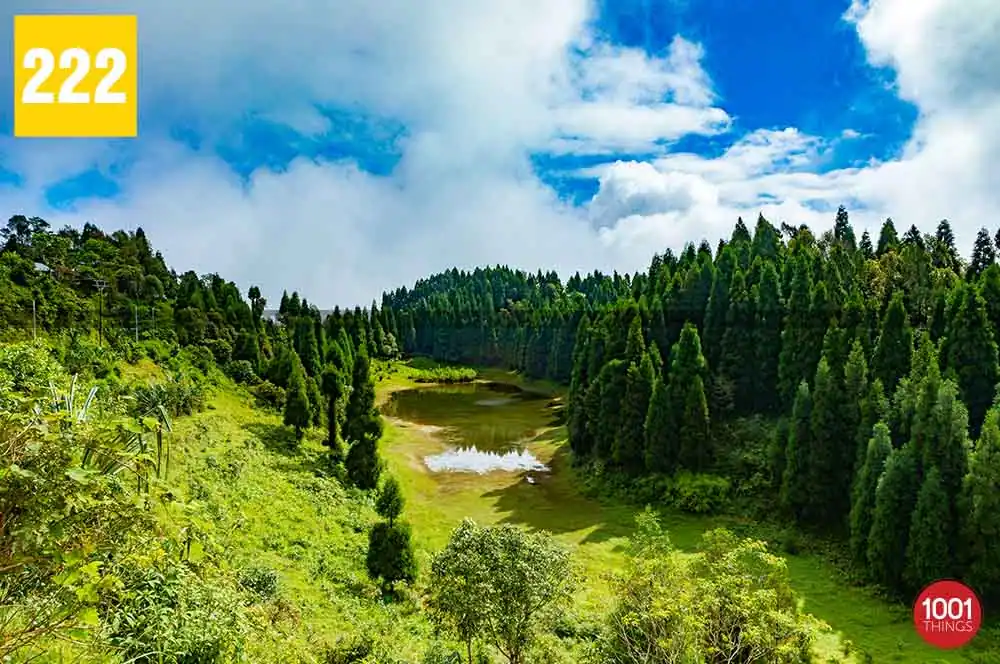Namthing Pokhari is nestled at Shelpu Hills of Kurseong in the District of Darjeeling. Seating at an elevation of 4500 ft above sea level, Namthing Pokhari is seasonal in nature. Apart from being a rare and offbeat attraction in Darjeeling Hills, it is as well a home to rare species many flora and faunas. The region boasts of many Himalayan birds, butterflies, wild animals, of which, the endangered Himalayan Salamander is noteworthy. The depth of water in the lake goes up to 3.5 meters and 10,000 square meters during the times of heavy rainfall. As the monsoon begins to recede, the water level in the Lake immediately starts to dry up. By the end of October, no trace of water can be found in the Lake.
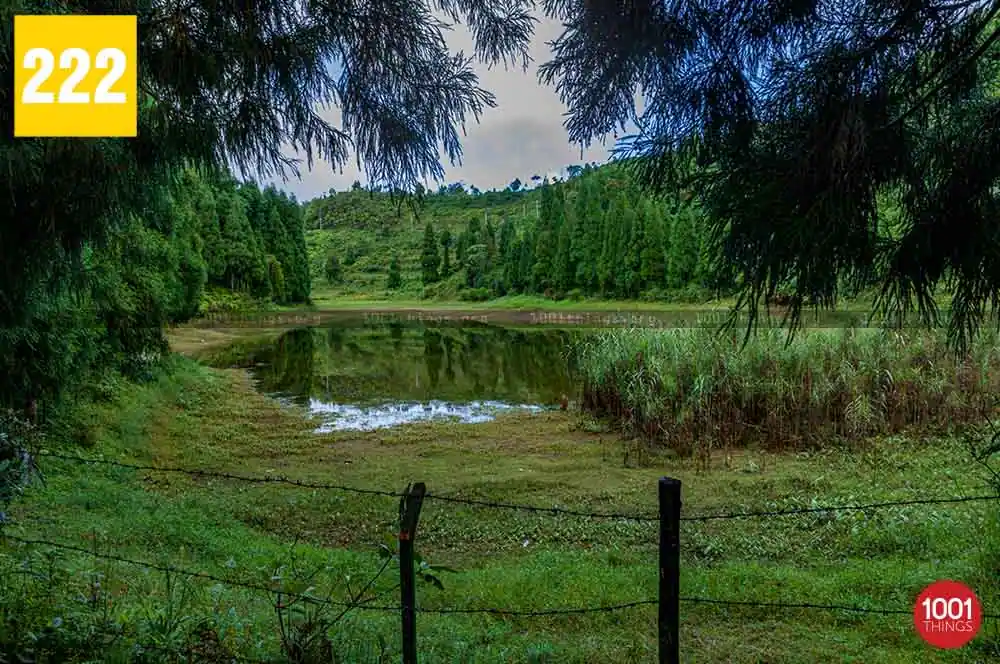
Himalayan Salamanders at Namthing Pokhari: A Precious Conservation Effort.
Titled as the natural habitat of the rare endangered species of Himalayan Salamander, Namthing Pokhari is the only place except for Jorpokhari in Darjeeling to inhabit these rarest species in the world. The Himalayan Salamander in Namthing Pokhari is cited to fall under the Tylototriton verrucosus species which is found only in Darjeeling. Therefore, this unique amphibian is conserved under Schedule II part I of the Indian Wildlife Protection Act, 1972.
The Himalayan Salamander found in Namthing Pokhari is a keystone species of the lentic zones in the Eastern Himalayas. This endangered species belongs to an offshoot of the ancient family Salamandridae, which is known to have existed in Europe during the Miocene age, that is, between 13-25 million years ago. These salamanders are now entirely vanished in the other part of the world. Fortunately, they are still surviving in solitary Namthing Lake of Shelpu Hills.
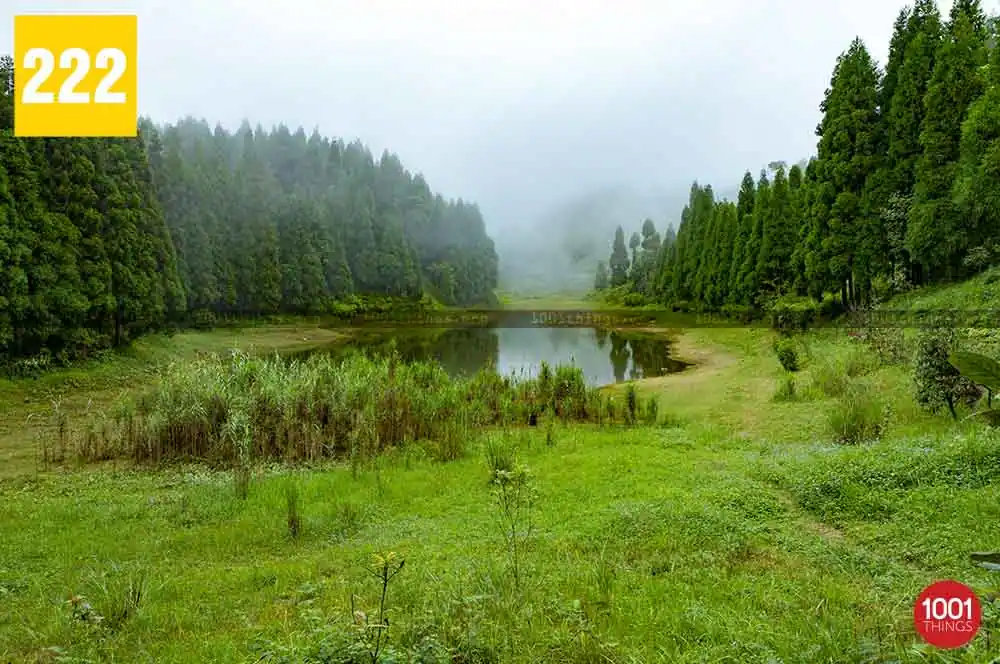
Namthing Pokhari: An Isolated Haven for Himalayan Salamanders.
Namthing Pokhari is located in an isolated spot at the hillock of Shelpu Hills. The area is enclosed by the greeneries and stillness. The lake is the sole breeding site for the endangered species of Himalayan Salamander. The lake remains well-fed during monsoon. During the dry season, the bed of the lake remains blanketed under the grass. Generally, about 4-5 species of grasses thrive in the bed which provides protection and shade to the species. The grass also attracts tiny insects, on which, salamanders later fed on. Apart from finding shades, salamander lay its sticky jelly-like eggs on the grass as laying eggs on clear water is difficult for them.
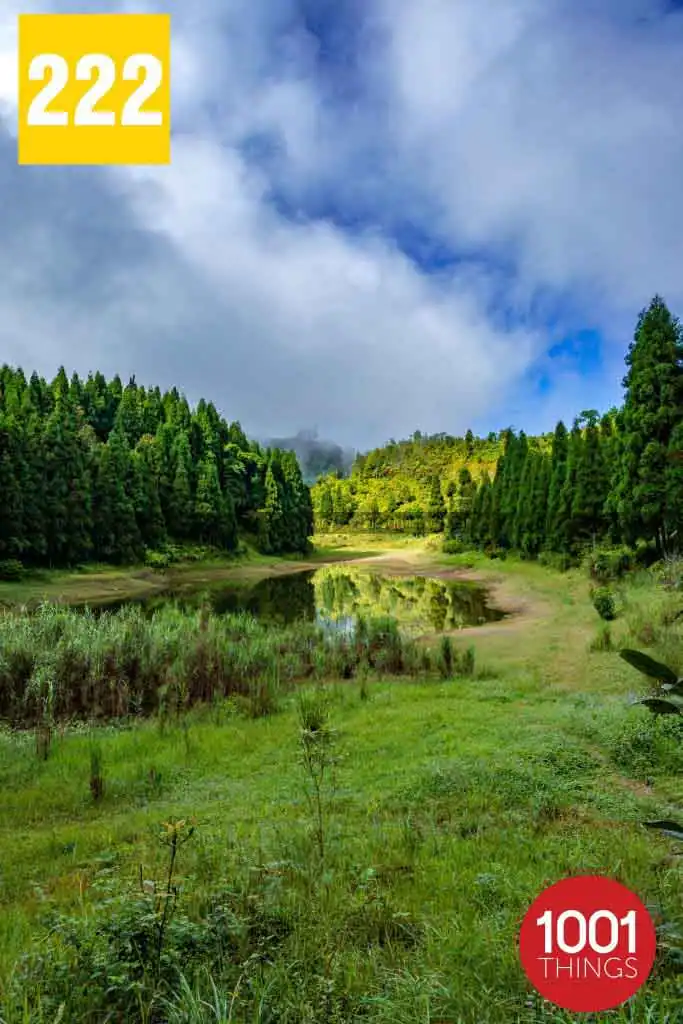
Threats to Salamander Conservation: Illegal Activities and Ignorance.
Nonetheless, the sad part is, during the breeding season, many locals from the nearby villages indulge in illegal activities of catching and selling these endangered species of salamanders. Another problem during the formation of the seasonal pool is that some visitors and locals indulge in swimming and enter the lake to click pictures. Entering the lake will have a direct and adverse effect on the natural cycle of salamander. Despite the wire fence and the regulations inscribed on board at the entrance, the majority do not pay heed to the rules and jump to the other side of the restricted area. Also, the locals ignorantly cut the grass on the periphery of the lake. This results in complications for the Salamander to lay their eggs.
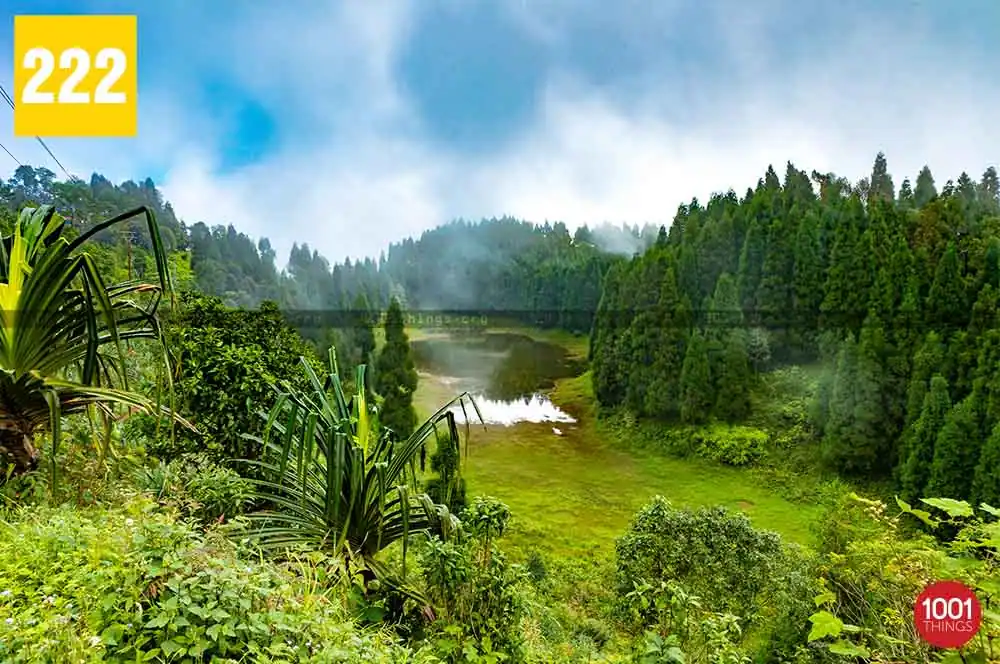
Since Namthing Pokhari is one of the tourist attractions, to make the crises even disastrous, the tourists indulge in catching the salamander for their entertainment. The majority of the tourists not only catch the salamander but even take them home with them. The salamanders remain in a state of hibernation during the dry wintertime. Unfortunately, the tourists pay 200 -300 per salamander to the local children. Therefore, the salamander hibernating in the periphery of the lake is searching for and pulled out of their hibernation. The process will create biological destruction and affect the breeding cycle.
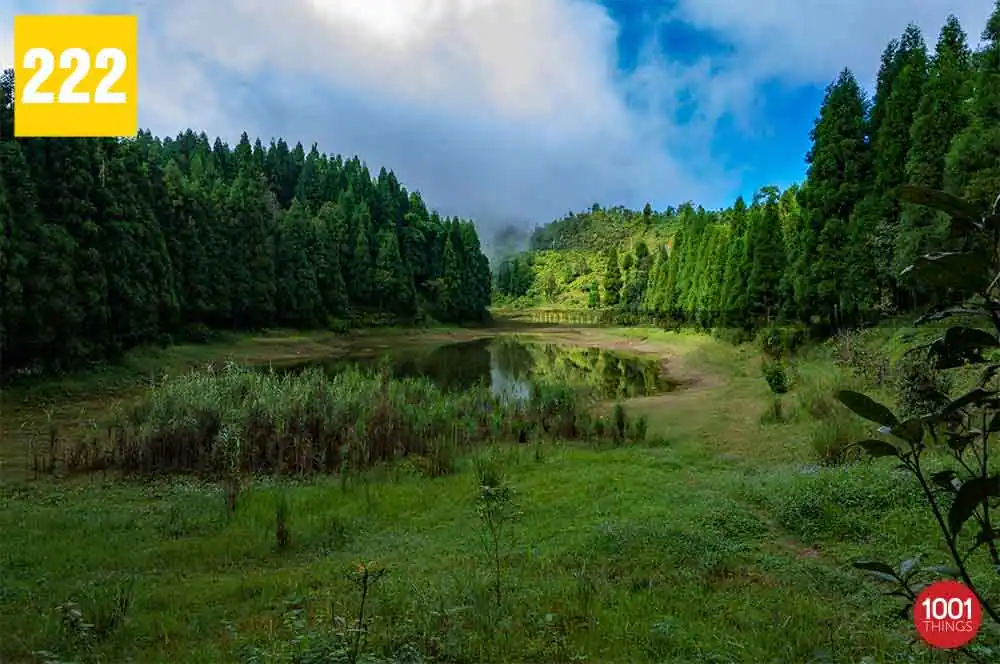
A step towards conservation.
Until 1970-1978 Namthing Pokhari was richly enveloped by indigenous woodland. Due to the illegal encroachment, the species have come to the verge of extinction. However, to conserve these endangered species, the local youths of Shelpu Hills have formed Namthing Pokhari Sangrakshan Samity 2013. Urgent awareness needed to protect endangered species and prevent their extinction from the earth.

